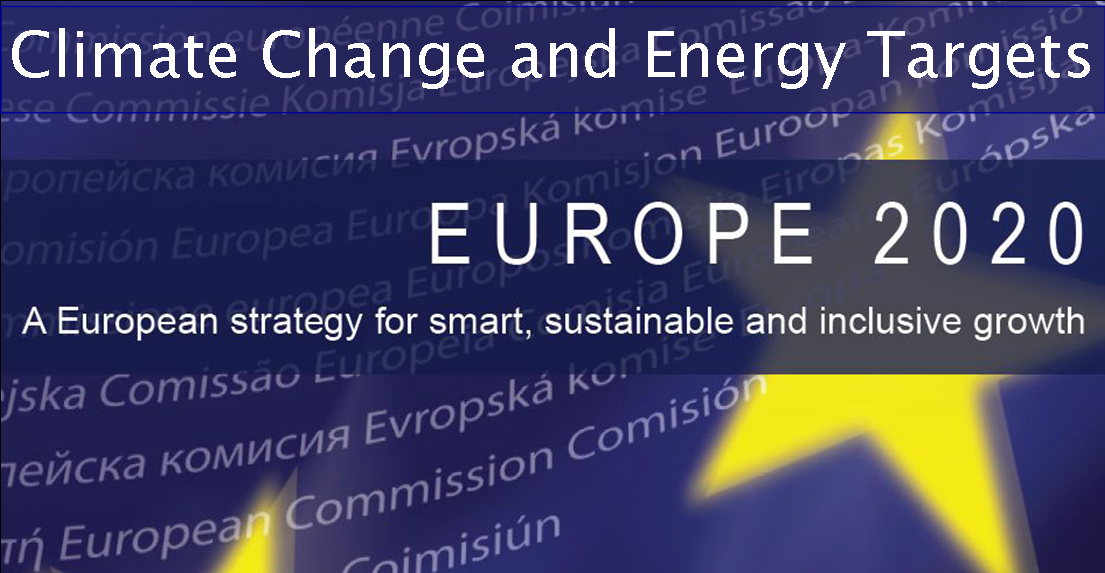
Energy statistics is an integral part of the European system of statistics. Therefore, they covers all major sectors of the economy that are involved in the production, trade, energy transformation and energy consumption (the energy sector, industrial sector, transport, commercial and public services, agricultural/forestry/fishing and residential).
GLOSSARY:
- Climate change refers to man-made (anthropogenic) climate change that is believed to be causing an increase in global temperatures.
- Greenhouse gases constitute a group of gases contributing to global warming and climate change. The Kyoto Protocol, an environmental agreement adopted by many of the parties to the United Nations Framework Convention on Climate Change (UNFCCC) in 1997 to curb global warming, nowadays covers seven greenhouse gases.
- Renewable energy sources, also called renewables, are energy sources that replenish (or renew) themselves naturally. Typical examples are solar energy, wind and biomass. Link here for further information.
- Energy intensity is measured as the ratio between gross inland consumption of energy and GDP; this indicator is a key indicator for measuring progress under the Europe 2020 strategy for smart, sustainable and inclusive growth. The ratio is expressed in kilograms of oil equivalent (kgoe) per 1 000 euro, and to facilitate analysis over time the calculations are based on GDP at constant prices with reference year 2010. If an economy becomes more efficient in its use of energy and its GDP remains constant, then the ratio for this indicator should fall.
In 2015, greenhouse gas emissions in the EU-28 were down by 22 % compared with 1990 levels, representing an absolute reduction of 1 265 million tonnes of CO2-equivalents, putting the EU on track to surpass its 2020 target, which is to reduce GHG emissions by 20 % by 2020 and by 40 % by 2030 compared with 1990.
Renewable energy in the EU has grown strongly in recent years. More concretely, the share of energy from renewable sources in gross final energy consumption has almost doubled in the last years, from around 8.5 % in 2004 up to 17.0 % in 2016. While the EU as a whole is on course to meet its 2020 targets, some Member States will need to make additional efforts to meet their obligations.
The following files can be used by students in order to prepare the report for the European Active Citizenhip Memorandum. It´s a compilation of statistics collected from Eurostat.
|
GREENHOUSE GAS EMISSION
|
RENEWABLE ENERGY |
ENERGY INTENSITY
|
|
|
|
|
More info: